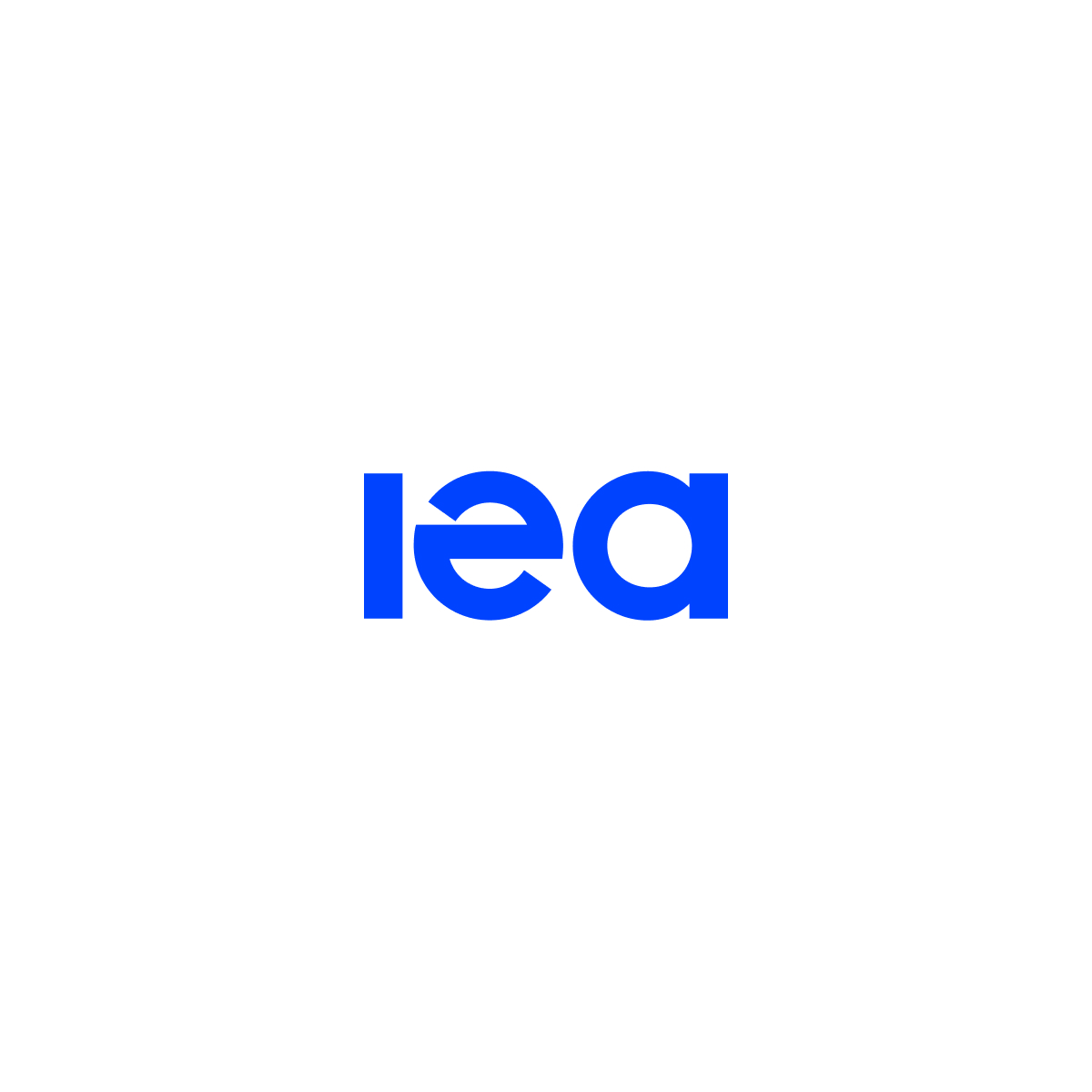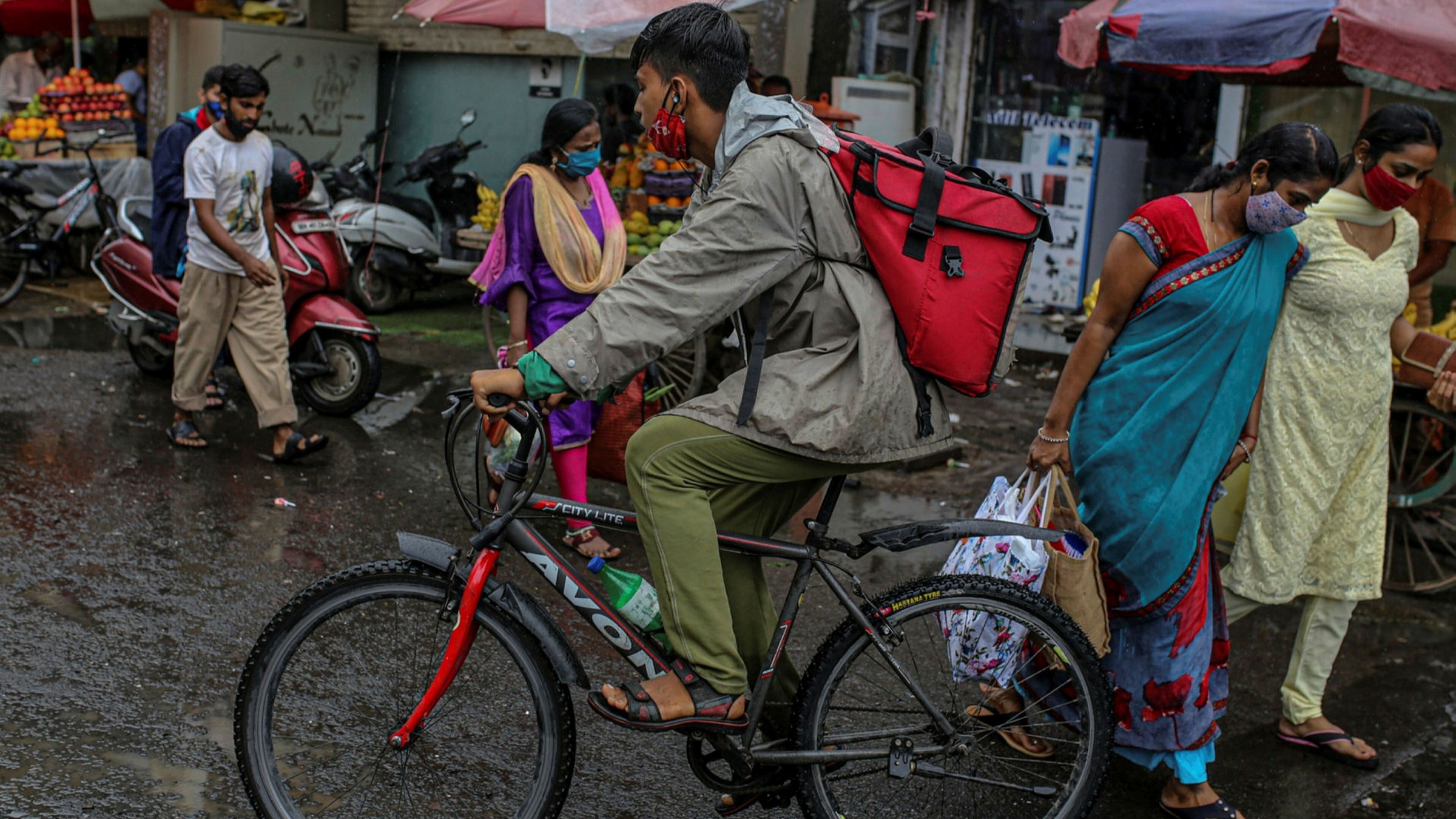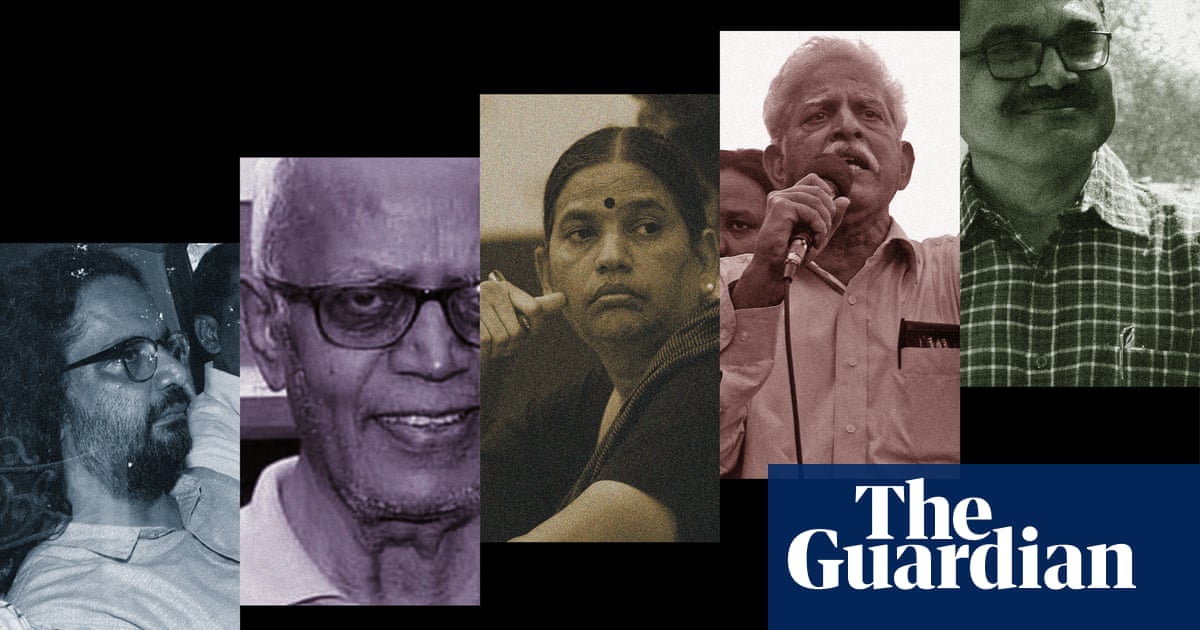
Climate Change and Digital
When you see the sentence "not all is lost" you must understand that 'some' is definitely lost. In the case of Climate Change, scientists across the world have now arrived at a conclusion that ought to terrify all of us. As far as Climate Change is considered, it can be said with some certainty that we have moved from predicting doom to witnessing it unfold.
Sample this paragraph from a story in the New York Times about the latest report of the Intergovernmental Panel on Climate Change:
"At 1.5 degrees of warming, scientists have found, the dangers grow considerably. Nearly 1 billion people worldwide could swelter in more frequent life-threatening heat waves. Hundreds of millions more would struggle for water because of severe droughts. Some animal and plant species alive today will be gone. Coral reefs, which sustain fisheries for large swaths of the globe, will suffer more frequent mass die-offs.
Some devastation is now unavoidable, the sub head of the story reads. In a planet of nearly eight billion humans, even some is a lot. At this point you may be wondering if you have accidentally landed on a different page- why would Digital Empowerment Foundation be talking about Climate Change?
We'll start with a few of the simplest and the most obvious examples. With the advent of video conferences, whose latest avatar is something all of us have become familiar with- Zoom, the need for travel, whether via automobiles or airplanes, has significantly reduced.
Then there is the non obvious stuff. Digital can help predict forest fires, help clean the ocean, and even use electricity more efficiently.
If this interests you, we recommend you listen to this podcast:
There are some wonderful resources to read more here:
Big Tech vs Democracy
Moving to more domestic issues, Twitter has 'locked the accounts of many twitter handles of the Indian National Congress and its leaders, including Rahul Gandhi after Gandhi shared a picture of him meeting the parents of a Dalit child who was allegedly raped and murdered.
Twitter claims that it has done this because Indian law prohibits the publication of any material which discloses the identity of the rape victim. This isn't as simple as it sounds. If you want to understand the nuances of what the law says, read this analysis:
In the link shared above, Nikhil Alva, one of Gandhi's aides raises an important point- if publishing the photograph of a dead rape victim's parents is prohibited, does it mean that all news organisations are forbidden from talking to them on camera?
The first issue here is therefore the contours of legality. The second is malice and bias. Many users on twitter pointed out that a photograph published by news agency ANI which showed the father of the 2012 Delhi gang rape and murder victim kissing Modi's hands did not lead to similar consequences against ANI or the many BJP supporters who shared the picture. Many others also pointed out that Indian law also prohibits hate speech and sexual harassment and yet, both flourish on Twitter. This led to the allegation that Twitter basically favours the ruling party in power in every country and thus is an anti-democratic force. Gandhi echoed this objection:
Bhookh Lagi Hai?
In the Financial Times, Amy Kazmin has a report which makes one think that Zomato's fortunes are thanks to an empire of labour exploitation
We at Digital Empowerment Foundation have done a rigorous analysis of the lived experience of workers in the food delivery industry here:
Pegasus
Has Pegasus disappeared from your newspaper, your TV news and therefore your mind? We strongly recommend that you read this report of 'digital' being used to plant fake evidence and frame innocent individuals. It could happen to you also.
Netflix and Search
This week, we recommend the Korean TV series 'Search WWW' which is airing on Netflix in India. Via a fictional plot, the series explores how companies control and censor auto suggest on search engines to control what you see and what you don't. Why a Korean show recommendation from an Indian organisation you ask? Indians are Korean drama fans. Netflix says that in 2020 there was a 370 % jump in India in the viewership of K-Dramas.
The Adventures of DEF
On the occasion of International Youth Day on 12th of August, DEF's Founder and Director, Osama Manzar spoke at the virtual roundtable throwing light on some much-needed conversations on the mental health and well-being of young people organised by Centre for Catalyzing Change (C3).
While the entire country celebrated National Handloom Day on the 07th of August, let us take you to a long history of DEF with handloom, artisans and weavers under their flagship initiative - Digikargha,
What exactly is Digikargha?
DigiKargha is a platform that celebrates the digital artisans of India in an effort to safeguard the interests of India’s craftsmen. Established as a not-for-profit Section 8 company in 2017 to lead Digital Empowerment Foundation’s efforts in the handicraft and handloom clusters towards maturity, DigiKargha bridges the gap between the producers and the consumers. In the last couple of years, DigiKargha has become a joining force that connects weavers, textile conservationists and fashion designers to celebrate the glorious textiles legacy our country.
Do lend your full support to the handloom industry, artisans and weavers by shopping from here.





























Write a comment ...